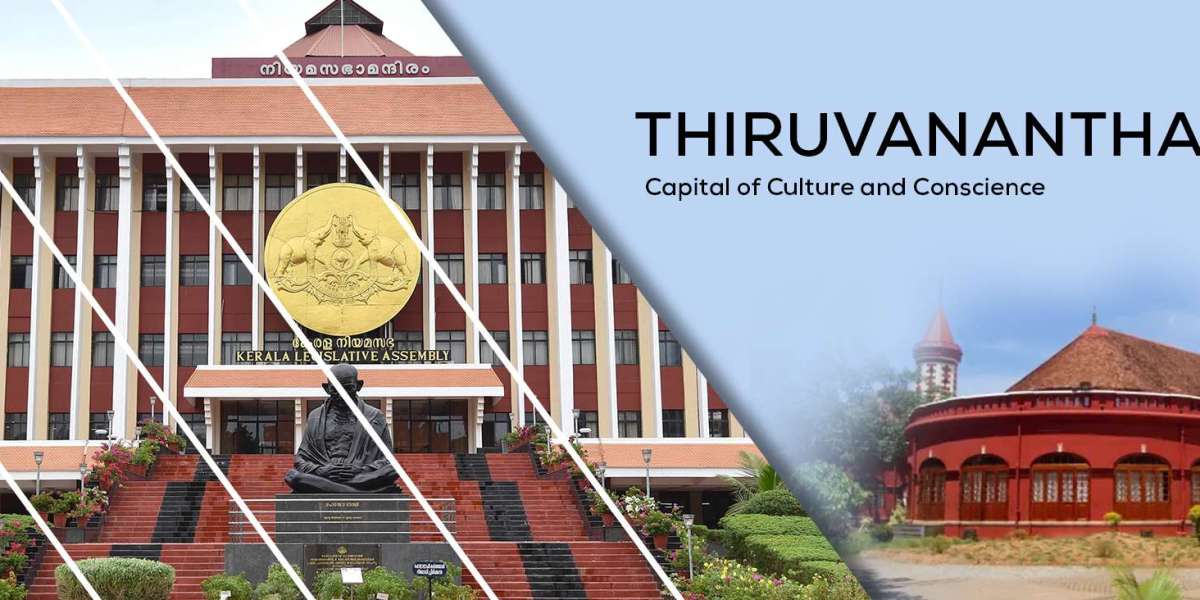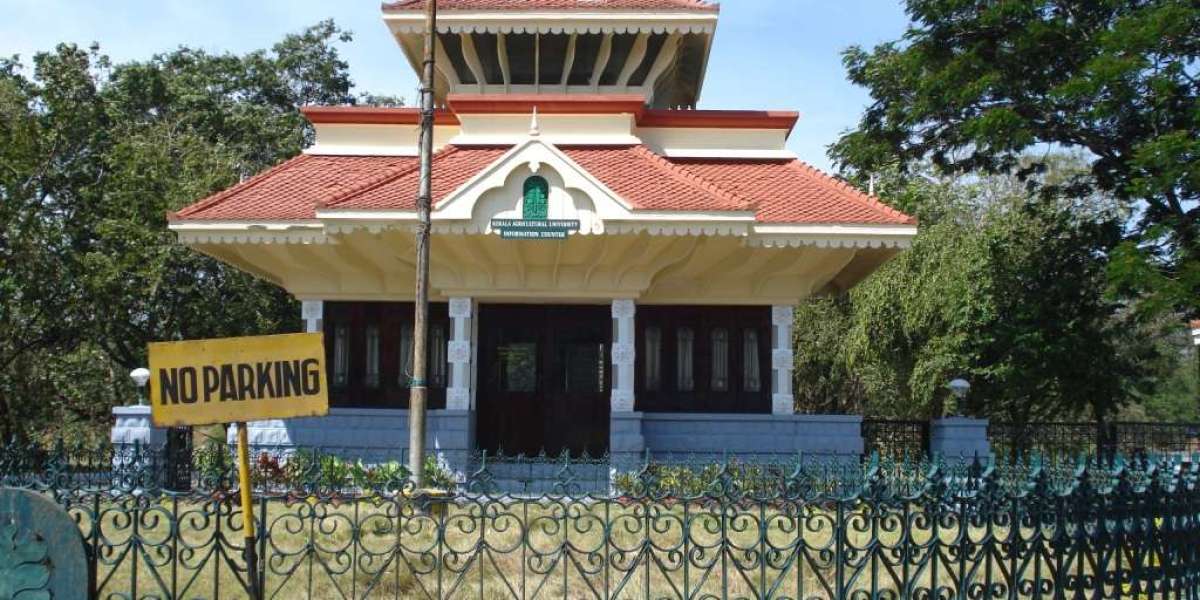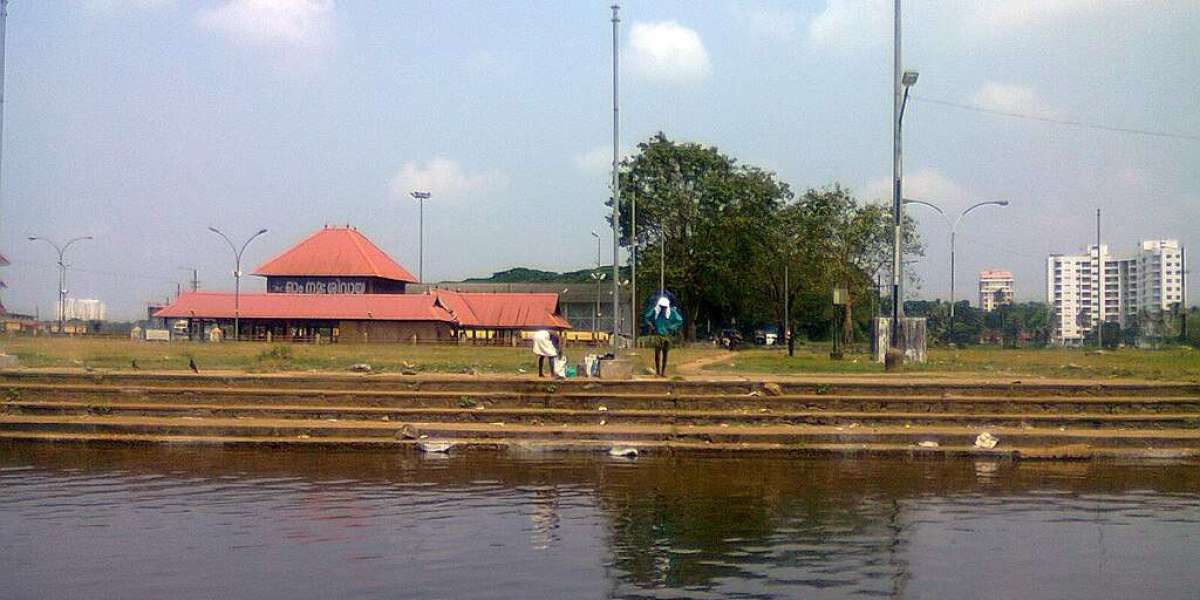Local Governance: Corporation Wards
Unlike rural constituencies, this one comprises wards of Thiruvananthapuram Municipal Corporation:
Ward Nos. 26-30, 40-47, 59, 60, 69-75, 77, 78 & 80, all within the city’s urban core.
Geographic & Demographic Profile
This constituency covers the central urban zones of Kerala’s capital — traditional markets, administrative quarters, coastal fringes, and residential pockets. It borders Nemom to the south, Vattiyoorkavu and Kazhakkoottam to the north, and the Arabian Sea to the west.
The literacy rate aligns with Thiruvananthapuram district average (~92-93%), with a gender ratio favouring women slightly in the voter list (103,079 women vs 97,179 men, plus 23 transgender voters). Scheduled Caste representation is moderate.
Economy & Livelihood Streams
Urban livelihoods dominate:
Trade & commerce: Centrally located markets—especially historic Chalai, street vendors, retail shops, and small enterprises that fuel daily urban life.
Services & Government jobs: Being the capital, the area hosts many administrative offices, universities, health-care, and tourism-linked services.
Tourism & heritage: Chalai market and coastal promenades support small-scale tourism.
Blue economy & agriculture remain minimal, though coastal fringe wards engage in small fishing activity.
NRI remittances contribute less here than in suburban/rural sectors, with most households relying on formal-sector income.
Economic Strata of the Constituency
The majority are middle-income urban households, benefiting from salaried jobs, retail trade, or professional work. A notable upper-income segment includes senior bureaucrats, professionals, and business families. Below-poverty-line (BPL) households are present yet limited, primarily among informal vendors and low-wage service workers.
Recent Development Initiatives
Recent district development meetings reviewed programmes across city constituencies including Thiruvananthapuram:
Water supply upgrades, market renovation, tourism infrastructure, and public space restoration were key agenda items.
Redevelopment of Palayam Connemara Market, a ₹55-crore heritage-modernisation project, is underway with new complex plans, although construction delays remain a concern.
Chalai heritage street project under Smart City Thiruvananthapuram Ltd seeks to create a pedestrian-friendly market boulevard with heritage theme lighting, tiling, and Wi-Fi — Phase I smart-road upgrades are nearing completion.
Road upgrades in eastern suburbs, especially the multi-phase Vazhayila-Nedumangad road corridor funded via KIIFB/KRFB, will enhance connectivity and ease congestion for city residents.
Major renovation of Thiruvananthapuram Central Railway Station under the Amrit Bharat Station Scheme is underway, with plans for airport-style amenities, multi-tier parking, and passenger comfort — expected to be completed over 42 months.
To enhance coastal safety, the district launched the ‘Jeevanam – War of Vigilance’ campaign, identifying 16 drowning-prone zones and installing lifeguards and warning systems near public water bodies.
Conclusion
As the urban heart of Kerala, Thiruvananthapuram Assembly Constituency blends historical legacy with modern livelihoods driven by trade, services, governance, and commerce. With a predominantly middle-class populace, modest upper-income representation, and limited BPL pockets, the constituency offers a stable urban base. Recent upgrades — from market revamps and heritage pedestrianization to station modernization, improved roads, and public safety initiatives — underscore a vision of inclusive, livable, and future-ready urban transformation.







